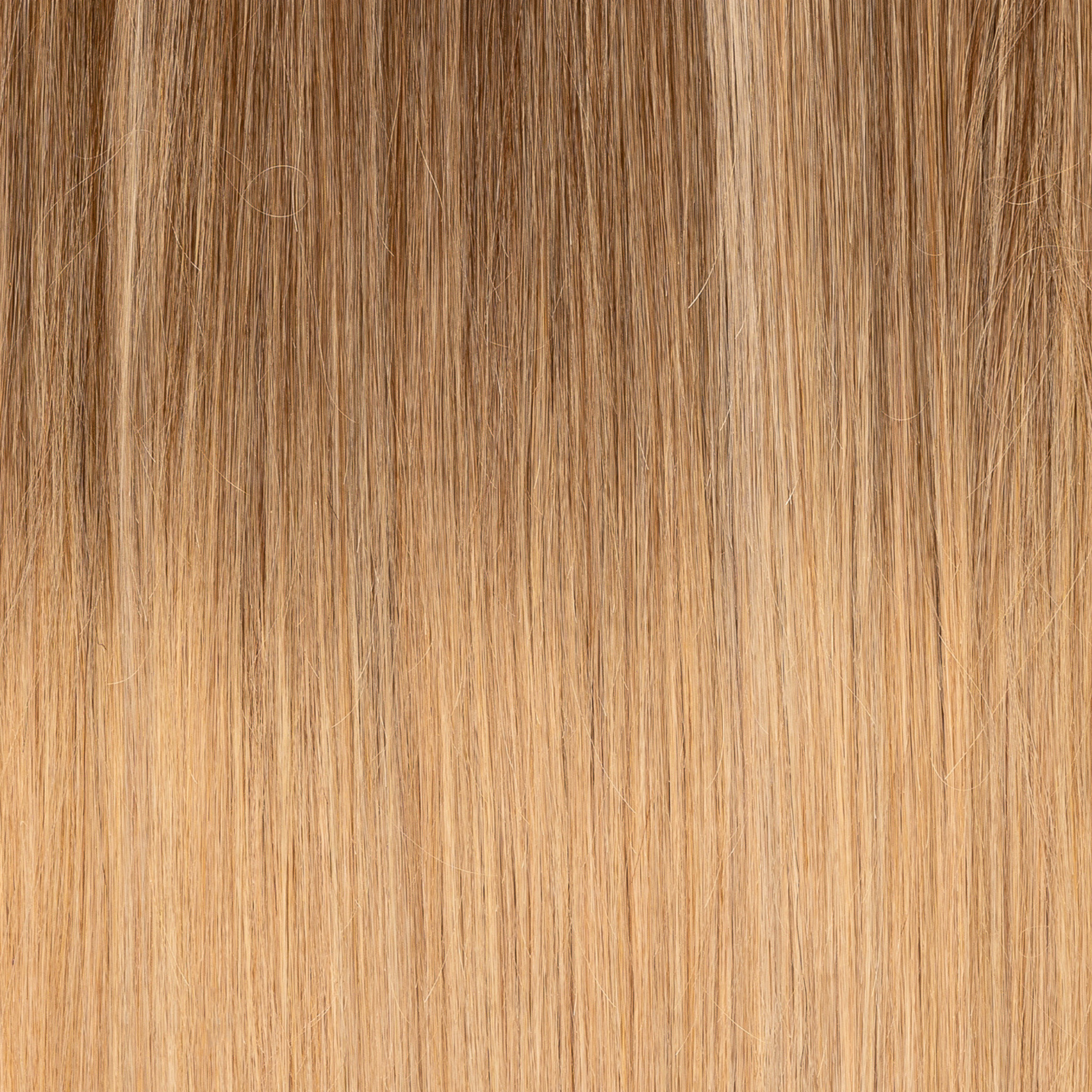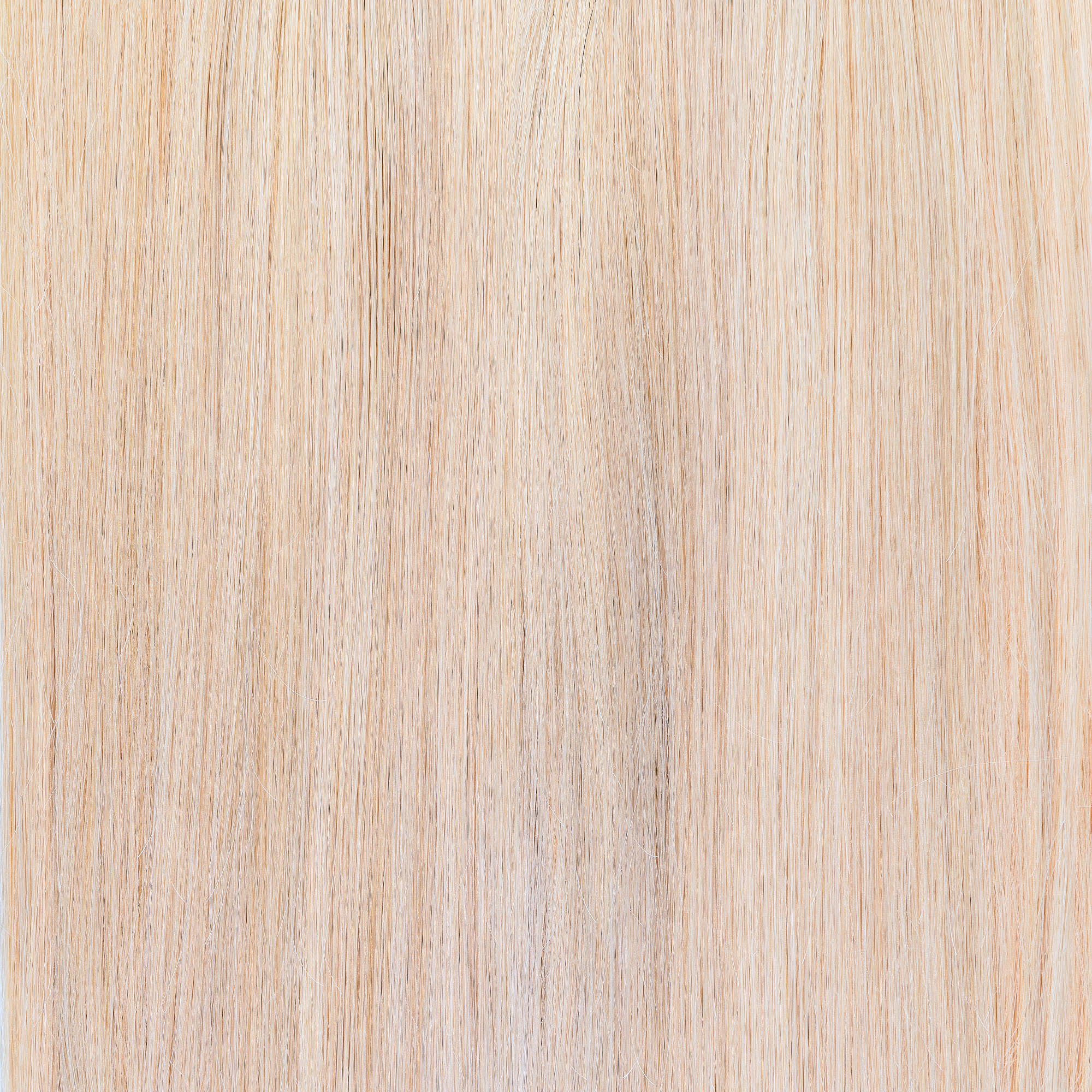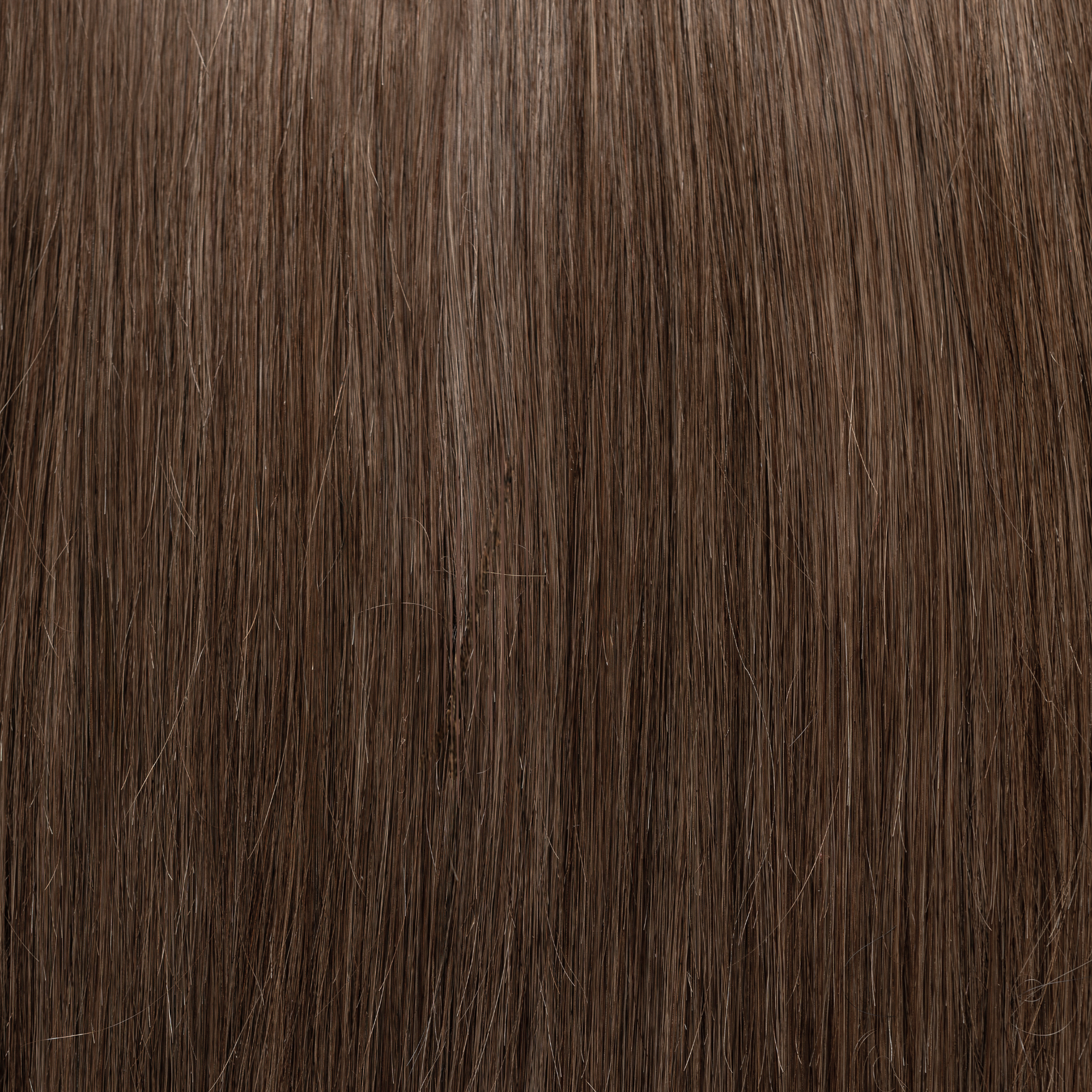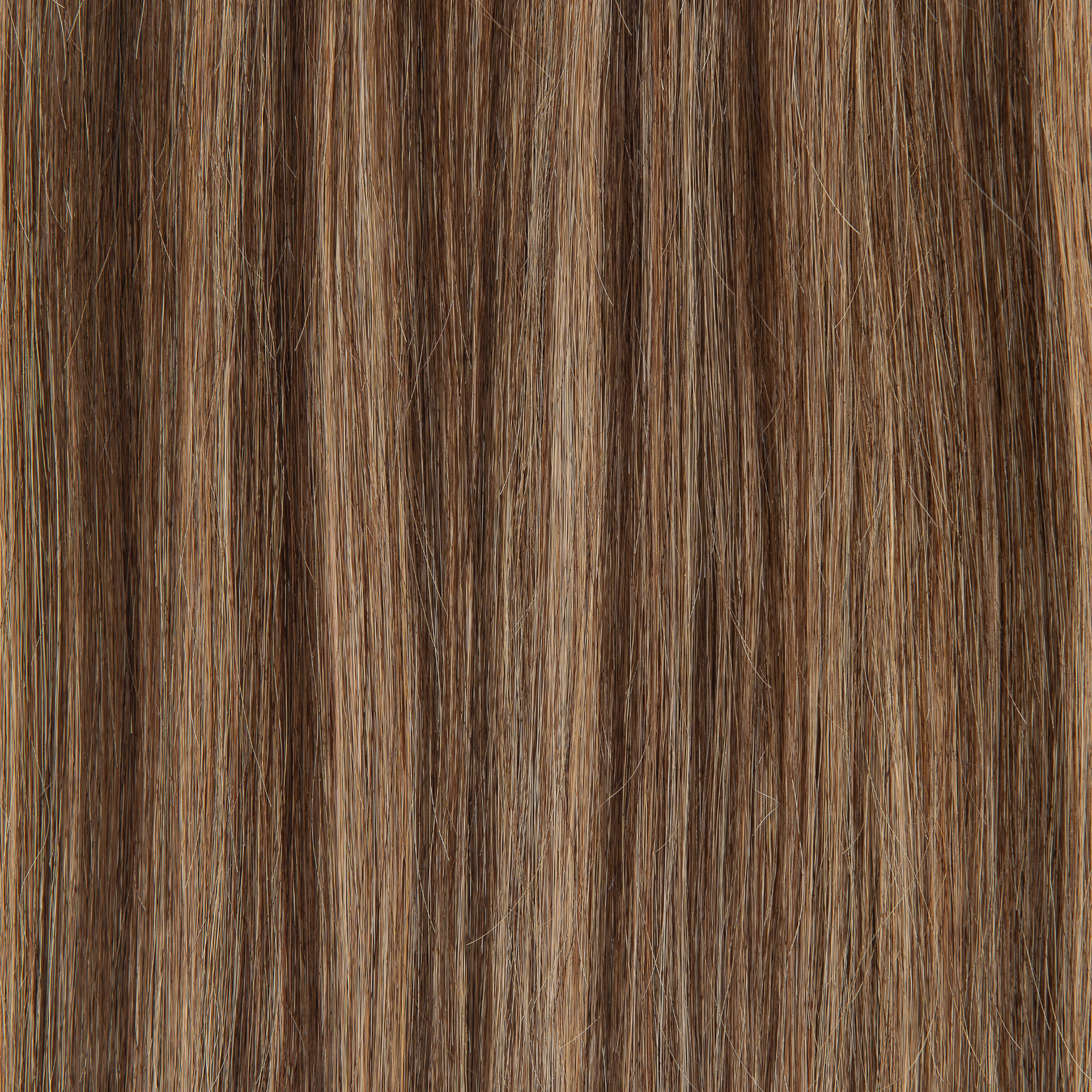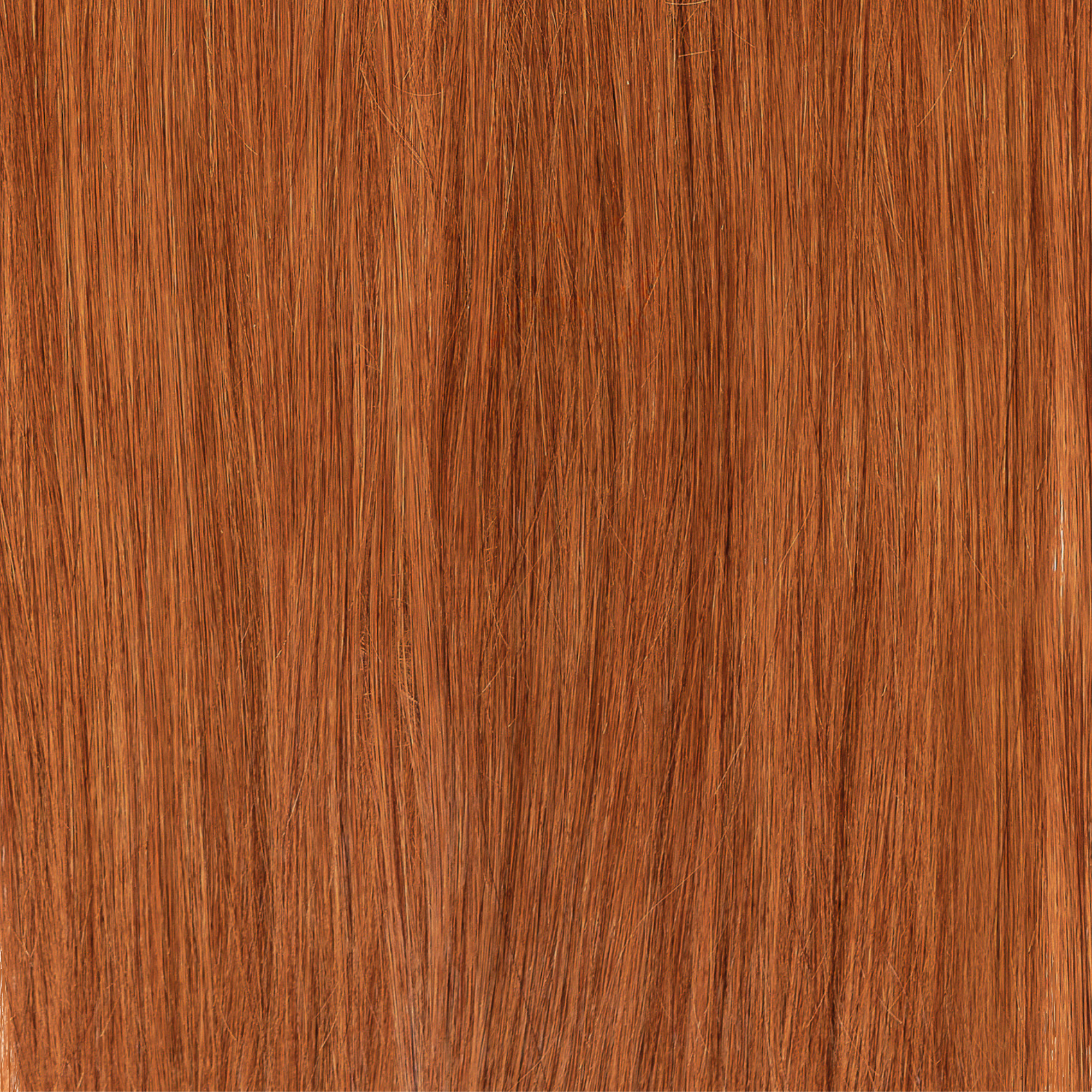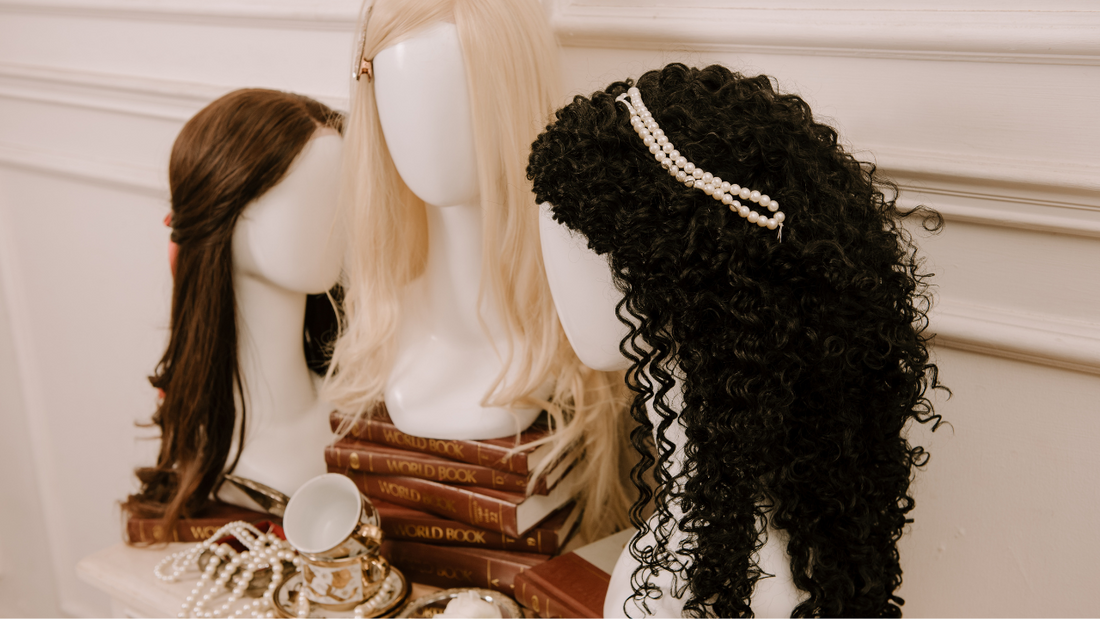
The Evolution of Hair Extensions: A Historical Perspective
- Irene GilmanFrom Cleopatra's iconic wigs to the sleek clip-ins of today, hair extensions have long been a tool of transformation. But the evolution of hair extensions through history isn’t just about changing looks—it's a reflection of culture, status, and the quest for beauty. Join us at Atelier Extensions as we explore how hair extensions have evolved through the ages and what the future holds for this beauty staple.
Hair Extensions in Ancient Civilizations

The history of hair extensions started long before clip-ins and tape-ins, ancient civilizations understood the power of a good hair day. In Egypt, wigs weren’t just accessories—they were symbols of royalty, wealth, and even protection from the harsh sun. Cleopatra’s legendary straight, jet-black locks were likely achieved using the finest wigs, crafted from human hair and adorned with beads and gold, signaling her immense power and beauty.
Elsewhere, the ancient Greeks and Romans used elaborate braids and hairpieces to boost their hairstyles, adding volume and elegance. Roman women, in particular, would weave natural hair or extensions into intricate updos, while men embraced shorter, military-inspired cuts. From Cleopatra’s allure to the structured elegance of Roman nobility, hair extensions were integral to how these societies projected beauty, power, and social status.
The Middle Ages Hair Extensions

When we think of the Middle Ages, images of long flowing gowns, towering castles, and intricate headpieces come to mind. In this period, modesty was paramount, and women’s hair was often hidden beneath veils or decorative headdresses, yet hair extensions still played a role in creating the perfect medieval look. While these extensions weren’t visible to the naked eye, they worked quietly beneath layers of fabric and metal to enhance volume and height—key elements of beauty in the Middle Ages.
The wealthy elite, in particular, would turn to hairpieces made from both human hair and animal fur, often woven into crowns or hidden inside elaborate hats. These extensions allowed noblewomen to achieve the towering, voluminous hairstyles that were considered symbols of status and refinement. The art of creating the perfect medieval style was complex, involving intricate braids, twists, and twists of fabric that incorporated extensions to create the desired fullness.
Despite the seemingly modest nature of medieval fashion, the use of hair extensions was far from understated. For those in high society, these hairpieces were a secret weapon, hidden beneath their veils but essential for projecting an image of dignity and nobility. Think of it as an early form of beauty enhancement—Subtle but effective, enhancing one’s appearance and ensuring that even behind a veil, the wearer radiated elegance.
The Renaissance and Hair Extensions

The Renaissance was a time when everything was bigger, bolder, and more extravagant—and hair was no exception. A period defined by opulent beauty, artistic revolution, and an intense desire to make a statement, the Renaissance saw hair extensions real human hair reach new heights, both literally and figuratively. As women of the era embraced towering, intricately styled hairpieces, these extensions became more than just beauty enhancements—they were symbols of social status and wealth.
Wealthy women donned hairpieces made from fine human hair, meticulously braided and styled into voluminous creations that defied gravity. These towering coifs weren’t just about adding volume; they were meant to transform the wearer, giving her an almost larger-than-life presence. The more intricate and extravagant the hair, the higher the status it conveyed—an outward symbol of aristocracy, sophistication, and wealth.
But it wasn’t just women who relied on wigs and hairpieces. Men also began wearing extensions during the Renaissance to cover baldness or achieve a youthful, aristocratic appearance. The trend of wigs for men became an essential part of fashion, ensuring that both genders were able to manipulate their hair to match the era’s ideals of beauty and nobility.
In a time when art, fashion, and self-expression were celebrated, hair extensions provided the perfect tool to create dramatic, high-status looks. Whether used to enhance a woman's royal appearance or to restore a man’s youthful gaze, these wigs and hairpieces were more than just adornments—they were an essential part of the Renaissance's rich cultural history.
Hair Extensions in the Modern Era
As we move into the 19th and early 20th centuries, hair extensions underwent a dramatic transformation. This was the golden age of cinema, where stars like Mae West, Marilyn Monroe, and Jean Harlow turned their voluminous, glamorous hairstyles into iconic symbols of femininity, beauty, and power. In Hollywood, hair extensions weren't just about adding volume—they were about creating a show-stopping statement that would shine on screen and captivate audiences worldwide.
The magic of cinema made stars’ hairstyles just as famous as their performances. Behind the scenes, wigs and hairpieces were key tools for achieving flawless looks, whether it was Monroe's cascading waves or Harlow's perfectly styled curls. The trend was no longer confined to the elite—it was now all about accessibility and making a statement, whether you were a starlet or a fan.
As the history of hair extensions evolved and high-quality human hair became more widely available, hair extensions began to move out of the exclusive Hollywood circle and into everyday beauty routines. For the first time, regular people could experiment with the same luxurious, voluminous styles they saw on the silver screen. The rise of accessible, salon-quality extensions paved the way for the diverse, revolutionary hair looks we wear today, allowing anyone to add length, volume, and a dash of glamour to their everyday routine.
The 20th Century: Clip-ins and the Rise of the Hair Industry

The 1960s and 1970s saw a shift in the world of hair extensions with the introduction of clip-ins. While the counterculture embraced natural hair, Hollywood and the fashion industry continued to lean toward long, voluminous styles. Clip-in extensions offered a quick, non-permanent way to add volume and length, giving women everywhere the freedom to enjoy glamorous, celebrity-inspired hair without the wait for it to grow.
In the 1980s, big hair became the ultimate beauty statement. Icons like Madonna, Cindy Crawford, and the supermodels of the era wore their hair sky-high, often with the help of extensions. The 1980s were defined by bold, voluminous curls and textures that screamed confidence, and extensions were the key to creating these over-the-top looks. Fast forward to the 1990s, and sleek, glossy styles took the spotlight, with tape-ins, clip-ins, and sew-ins giving women the versatility to go from big and bold to smooth and polished in an instant.
By the early 2000s, hair extensions became a mainstream beauty staple. With advances in technology and higher-quality human hair, extensions were no longer reserved for Hollywood stars. They were affordable and accessible to the everyday woman, giving everyone the chance to achieve the same luxurious looks seen on the red carpet. Fast forward to today, in 2024, and hair extensions have evolved even further, becoming a fixture of everyday beauty routines. Today, hair extensions continue to be more popular than ever. In fact, searches for "hair extensions" on platforms like Instagram and TikTok have skyrocketed, with millions of beauty lovers showing off their transformations using various extension methods, from clip-ins to tape-ins and fusion extensions.
Celebrities like Kim Kardashian, Kylie Jenner, and Beyoncé are frequently spotted wearing their long, voluminous locks, setting trends and fueling the global demand for high-quality extensions. The appeal of extensions isn't just about adding volume—it's having the freedom to switch up your look without permanent commitment. Hair extensions have come a long way since their humble beginnings in the 1960s.
How Will Hair Extensions Look Like in the Future?

The future of hair extensions is packed with innovation. One exciting possibility is UV-attached extensions, which use UV light for a quicker, more secure application, making them virtually invisible and seamless. Sustainability will also play a huge role. As consumers demand ethically sourced, cruelty-free, real hair clip-in extensions , we’ll see a rise in eco-friendly materials and responsible manufacturing practices. The future of hair extensions will redefine beauty and self-expression.
Conclusion
From Cleopatra’s wigs to the sleek clip-ins of today, hair extensions have always been a tool of transformation. They reflect the shifting beauty standards, cultural ideals, and the ever-changing definition of glamour. And now, as we move further into 2024, extensions have become more than just a beauty accessory—they're an essential part of personal expression.
At Atelier Extensions, we’re excited about the endless possibilities that lie ahead. As celebrities, influencers, and everyday users continue to explore and embrace the versatility of hair extensions, we can only imagine how they’ll evolve in the years to come. One thing’s for certain—hair evolution hair extensions are here to stay, and their journey through history is far from over.
